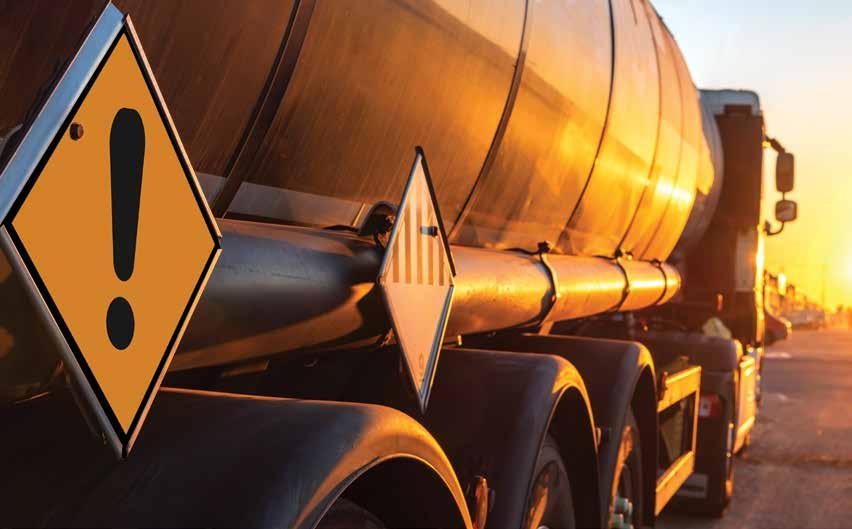
1 minute read
NOVEL MICROSCOPY METHOD MAPS DAMAGE TO SAND SCREENS
SwRI has developed a proof-of-concept system to autonomously detect compressed air leaks on trains and relay the location of the leaks to maintenance personnel for repair. The automated system could reduce the time, costs and labor needed to find and repair air leaks and ultimately lower the locomotive industry’s overall fuel consumption and emissions.

Trains use compressed air for a variety of functions, including air brakes, valve actuation, radiator shutters, horns and bells. Each year, the rail industry loses an estimated 2-3% in vehicle efficiency due to air leaks at various points throughout trains. These leaks can also affect train operability and safety.
“Air leaks significantly increase fuel consumption and reduce the effectiveness of a locomotive’s automatic engine stop-start systems, causing it to burn more fuel and reducing the lifespan of parts such as starters, air compressors and batteries,” said SwRI Lead Engineer Christopher Stoos. “An automated air leak detection system could save millions of gallons of fuel and reduce carbon dioxide, oxides of nitrogen and particulate matter emissions.”







